
Summer 2025 is almost here, and Mkweather (mkweather.com) is bringing the first continental updates of seasonal forecasts for Europe, North America, and Asia for Summer 2025, Africa for Winter and Summer 2025, Australia, South America, and Antarctica for Winter 2025.
This article will look at the forecast Summer 2025 conditions in Europe.
At all, Europe will be divided into two main regions with opposite weather patterns, very probably with a character of an atmospheric blocking situation. First, there will be a relatively colder and stormier western part of Europe, with a pressure trough from Norway to Portugal. On the other hand, there will be hot and dry continental/eastern parts of Europe with a blocking, persistent anticyclone. Between these 2 regions, there will be mostly hot, but with shorter and severe strikes of robust frontal systems producing hard T-storms at the border of colder and wetter (temporarily regionally extremely cold or stormy) air on the West and drier and hotter (temporarily regionally extremely hot and dry) air on the East.
It’s important to note that the first half of Summer 2025 (or with all period of the Central-European monsoon from April to July) should be with more precipitation, rains, storms, floods, or landslides, while the second half of Summer 2025 will be mostly hotter and drier across the continent.
Surprises in weather in Summer 2025 should be in Europe heterogenous – from snow in Iceland producing partly by Global warming hole anomaly in Northern Atlantic; through heavy rains and storms in western parts of Europe, especially France, then the UK, Ireland, northern half of Italy, northern half of Spain and Portugal, Greece, Macedonia, parts of Turkey, Bulgaria or Albania and too Cyprus or northern Middle East, with a possibility of floods, on the mountainous borders of France and Italy with a high risk of landslides; then severe T-storms above central third of Europe from central Scandinavia on the north to Adriatic region and the Carpathians on the south, possibly with surprising strong tornadoes during later Central-European monsoon period (except of gusty winds, hailstorms, heavy rainfall or severe lighting); to extreme and deadly heatwaves and drought on the East, especially northern Balkan, Hungary, East-Central Europe, Black Sea region, Finland and Eastern Europe, with a possibility of regionally anomalously low levels of water of rivers and creeks and high mortality during the peaks of the season (Summer 2025 should regionally appear according to plotted analogues with the years 2003, 2007, 2012, 2014, 2017, 2018, 2021 or 2022). Interesting could be the region of Andalusia, southern Portugal, and Morocco, with milder conditions, while Algeria, Tunisia, Libya, and Egypt should be anomalously hot.

Since 2006 (in the last 20 years), overall, only 6 summers finished like NAO+ and only 4 winters like NAO-. It means, that chances for NAO- summers are more than 200% higher and chances for NAO+ winter around 500% higher than NAO+ for summer and NAO- for winter. In Summer 2025, there is expected mostly more or less weaker or stronger NAO-, again, or neutral phase; NAO+ is not probable overall, so far.
The main pattern of NAO+ in summer months in Europe is linked with hot and dry NW and N Europe, especially England, and cold and stormy SE and S Europe, especially the Balkan peninsula. During NAO- the situation is opposite – stormy and cold NW/N Europe and hot and dry SE/S Europe. In 2025, this pattern should be partly well-preserved, mainly rainy and stormy NW and hot SE sector, but stormy and hot sectors will be more meridional as zonal, with rainy and relatively colder SW and hot and dry NE Europe.


A few main factors will be affecting conditions during the upcoming Summer 2025:
1. Sun cycle
Surprisingly strong solar activity during the peak of the current 25th solar cycle in the last years was associated with a strong phase of La Nina in its coming phase, it means from spring 2020 to spring 2023 (together 3 years of La-Nina driven climate anomalies around the Earth) and a short, but strong El-Nino in its peaking phase from Spring 2023 to Summer 2024. Now we are again in La Nina phase, but relatively weak La Nina, with a decrease of sunspots and geomagnetic storms, it means yearly lower chances for NAO+, mainly in the winter. In the Little Ice Age, a weak Sun activity produced Godzilla El-Ninos and strong AO- and NAO- patterns across the Northern Hemisphere with a result in hunger, bad harvests, diseases, fear, and finally, an inquisition. A peak of the strong solar activity was observed between 1950 – 2000, and from then, activity was decreasing, however, the last cycle was observed surprising increase of the Sun activity, with surprising events in the first half of 2024.
From 21. to 22. February 2024 there was a big chance, that the Sun produced the strognest Triple-eruption in 24-hours In the last 30 years, maybe since 1900, maybe since pre-Middle age times (Middle ages hadn´t strong Sun stroms). There have been 3 Triple-eruptions in the last 20 years:
2013: weaker intensity 5/13/2013 2:17 N11E89 X1.75/13/2013 16:01 N11E85 X2.85/14/2013 1:11 N08E77 X3.2.
2014: weaker intensity 6/10/2014 11:44 6/10/2014 11:42 S15E80 X2.26/10/2014 13:03 6/10/2014 12:52 S17E82 X1.56/11/2014 9:10 6/11/2014 9:06 S18E65 X1.0.
2017: main eruption stronger, but 24-hour criterion not met9/6/2017 9:17 9/6/2017 9:10 S08W32 X2.29/6/2017 12:10 9/6/2017 12:02 S09W34 X9.39/7/2017 14:55 9/7/2017 14:36 S11W49 X1.3.
Year 2003 brought 2 giant eruptions, but again only 2 in 24 hours and not 3, does not meet criteria (https://sos.noaa.gov/catalog/datasets/sun-historical-solar-flare-2003/).
Previously the solar cycle peaked between 1989-1992: “The next 14 days produced 11 “X class” flares” March 1989: The largest geomagnetic storm in the 20th century: (https://agupubs.onlinelibrary.wiley.com/…/2019SW002278).
But even the strongest storm in 100 years did not produce 3 X ray bursts in 24 hours: (https://agupubs.onlinelibrary.wiley.com/…/swe20919-fig).
Stronger solar cycles occurred 3 more times from the 1950s to the 1970s, but we don’t know if there was a triple burst. If not, it may be the strongest triple burst since before the Middle Ages, when solar activity was at a strong minimum. Database: https://xrt.cfa.harvard.edu/flare_catalog/all_full.html.
The strongest geomagnetic storm in 21. century? The strongest since 1960 and the second strongest in 100 years? According to estimates of the daily Ap index for 11.5.2024, Ap 274 was measured (note: current Spaceweather data contains a number 271), which should be the second strongest X-ray attack on our bodies in 24 hours in almost 100 years (since 1932) (in modern history)! Stronger was only 1960 with Ap 280. If we overcame single days in the years 1989 and 2003, it will be the strongest geomagnetic storm since 1960 (in 64 years), which is a once-in-a-lifetime event. Moreover, weakening of solar cycles in 21. century is mostly expected, which should mean that this should be the strongest geomagnetic storm in 21. century! https://www.spaceweatherlive.com/…/top-50-geomagnetic…https://www.spaceweather.gov/…/aurora-dashboard….
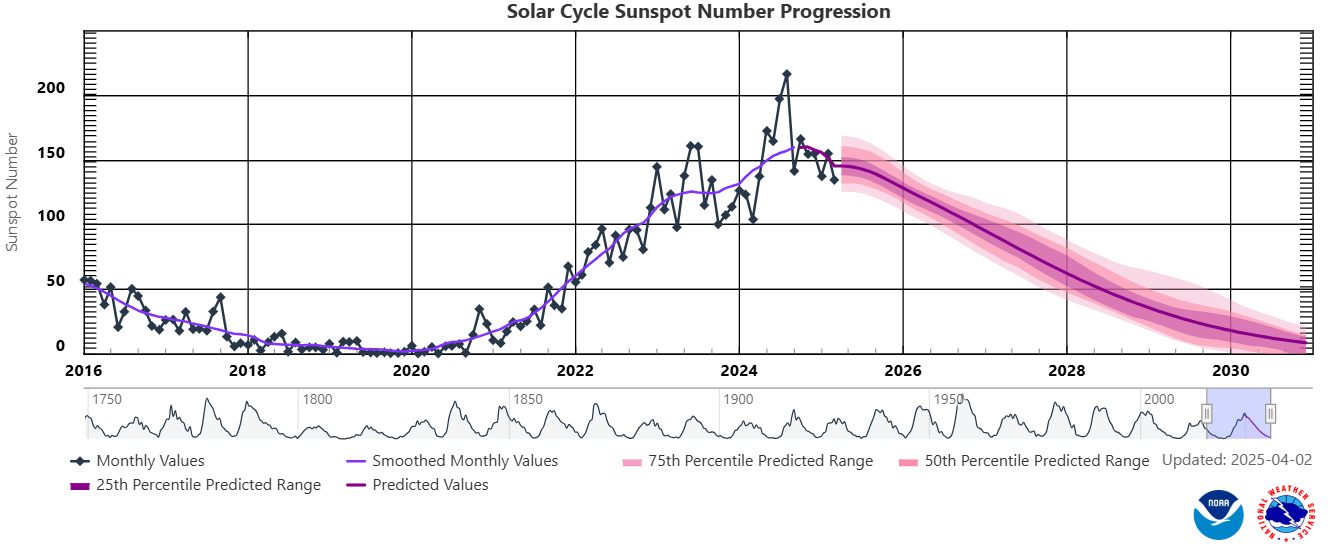
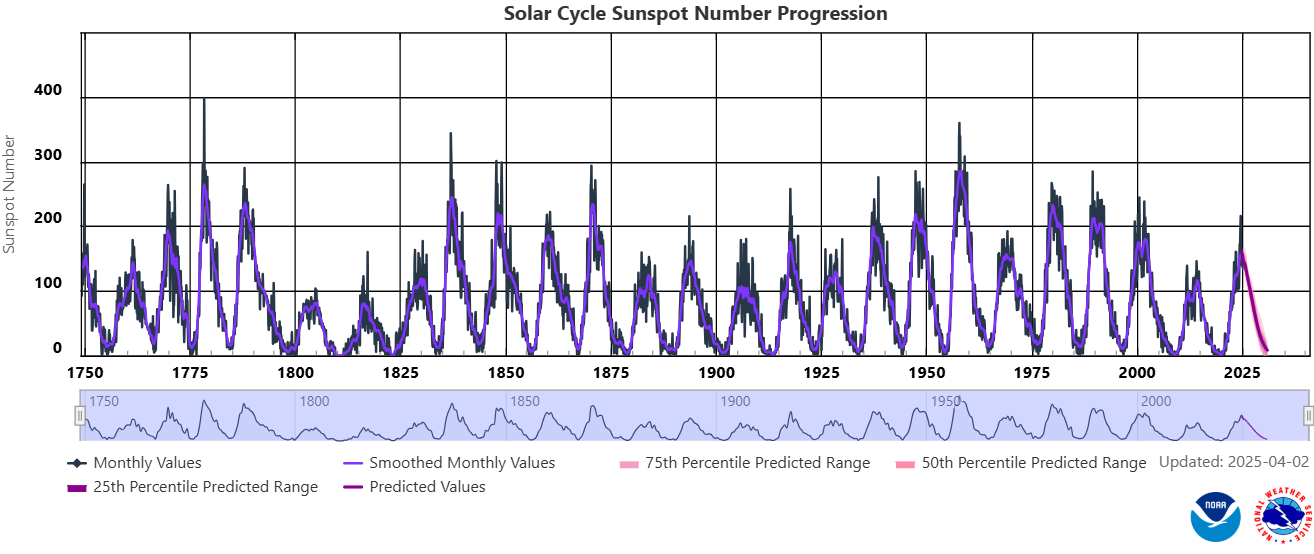

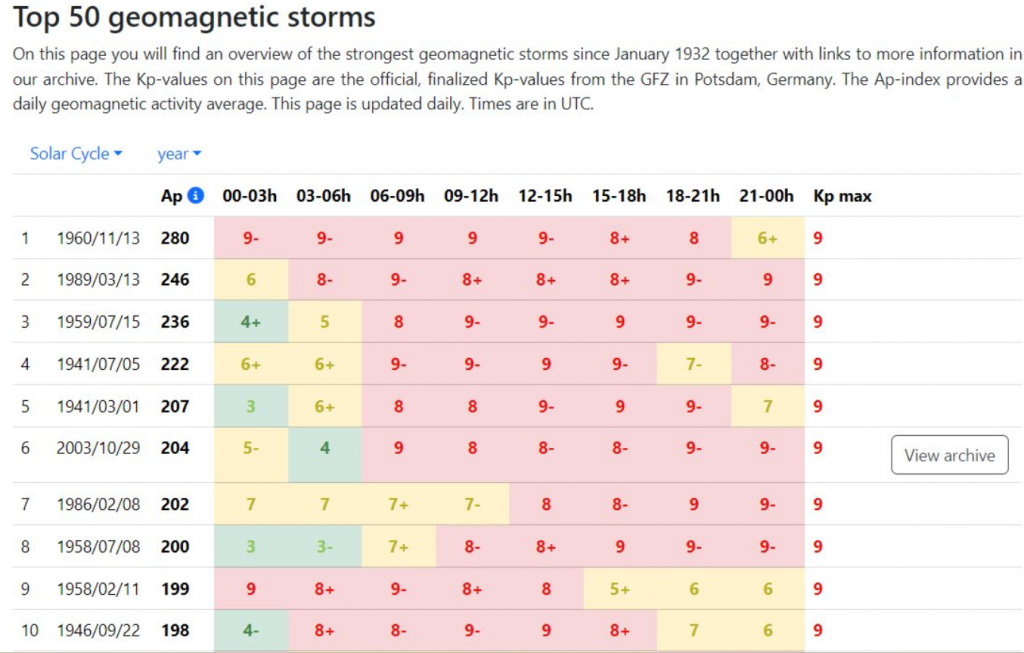
The strongest 24-hour geomagnetic storms until 11. May 2024 (placed in second place) /Source: spaceweather.com
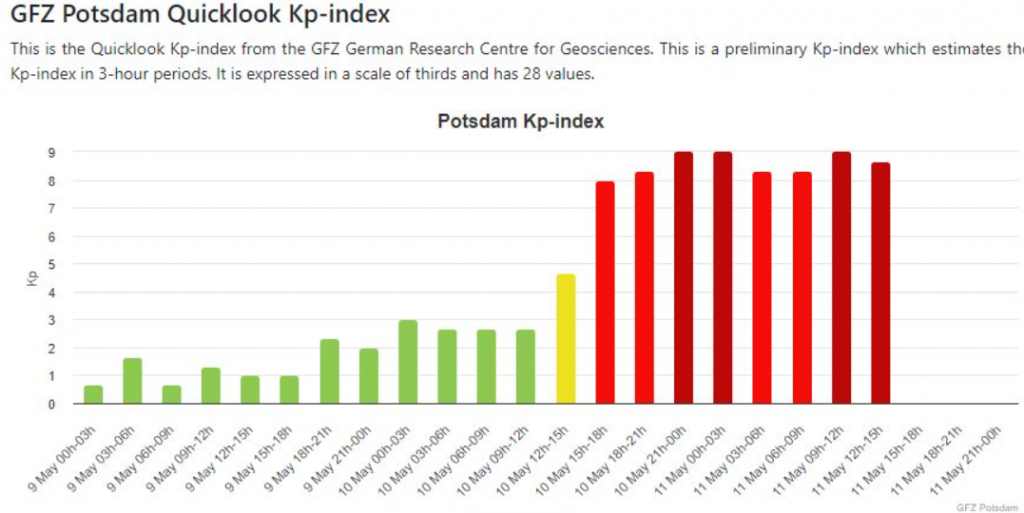
Source: https://kp.gfz.de/en/hp30-hp60

2. Strengthening La Nina
During Summer 2025 a shift from neutral phase to weaker La Nina pattern is possible.
Upcoming La Nina should have impact on growing season – mainly more precipitation in western parts of Europe. It should be linked with drought and hot conditions in East-Central and Eastern Europe, but Eurasian steppe should be fertile.
Weaker La Nina in the second half of Summer 2025 and in Autumn 2025 should mean a stronger Atlantic Hurricane season 2025 than if we have an El Nino phase or more neutral conditions. The first ex-hurricanes from the North American sector should hit Europe already in August 2025, with a possibility of a dramatic change of weather patterns, after peaking of Summer 2025, with severe storms and first greetings from autumn, after a shift of the first potential ex-hurricane eastward.
Overall, La Nina is linked more with NAO+, however, it will be weaker – it means that typical NAO- character of summers in the last 20 years still should be preserved.

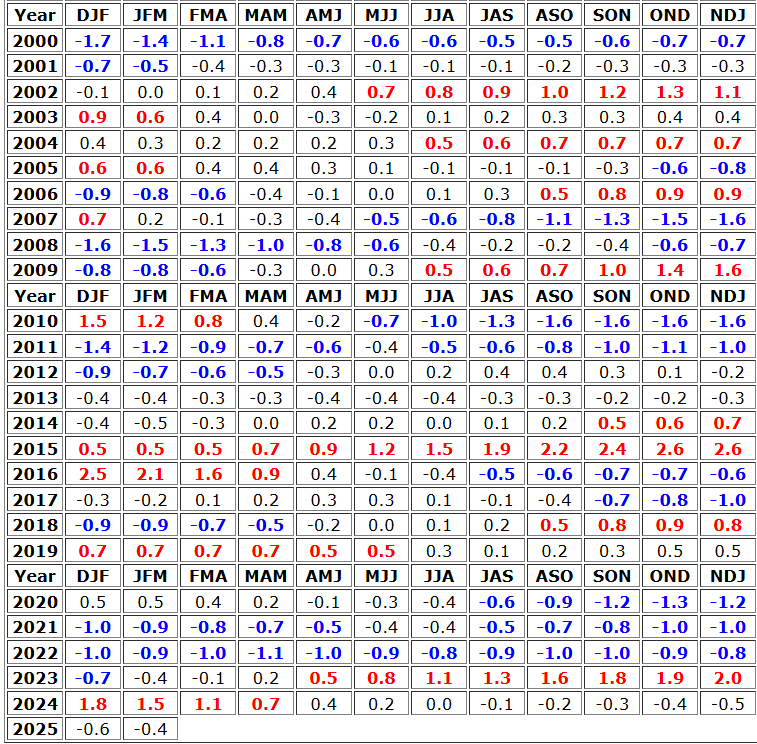
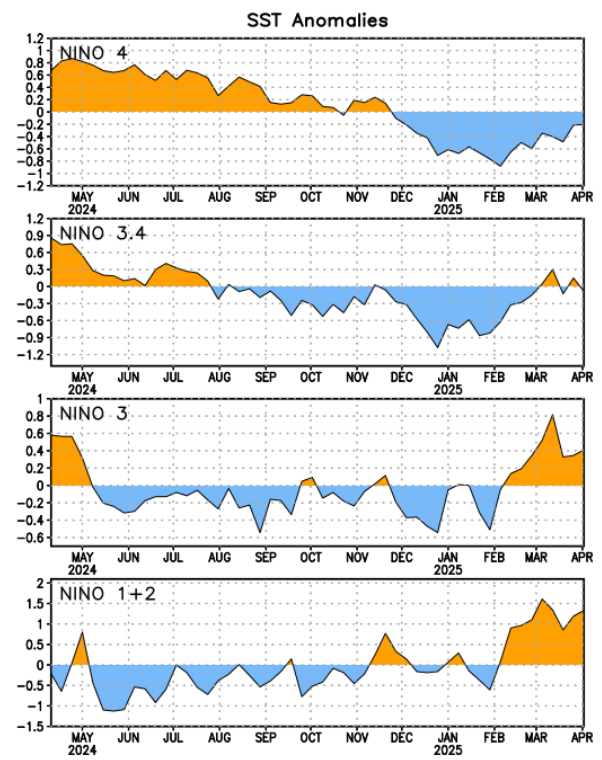
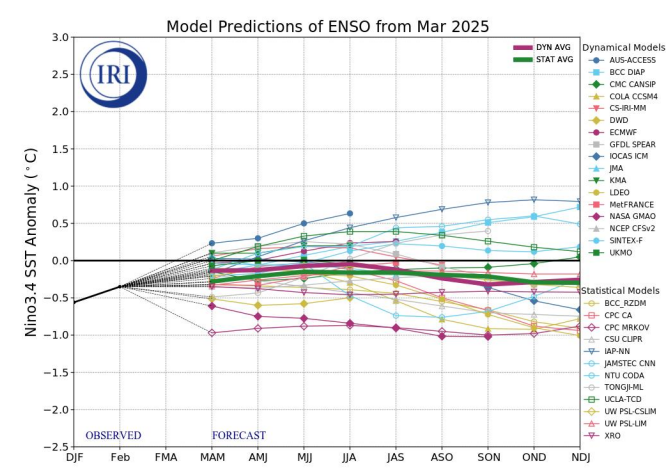
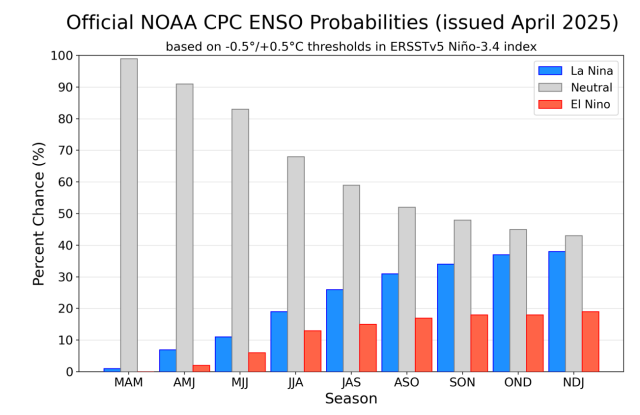
3. Mostly NAO- and AO-
In Summer 2025, very probably and overall, the NAO-phase (negative phase of the North Atlantic Oscillation) will be observed. It should be linked with the mentioned meridional pattern between rainy, stormy, and relatively colder western parts of the continent and hot and dry eastern parts of Europe.
Intensity of NAO- is questionable, so far, from a slightly neutral or weak NAO- phase (the most probable) to a strong NAO- phase with anomalous atmospheric blocking, with pressure trough above NW/N/W Europe and blocking anticyclone above SE/E/S Europe.
The last ECMWF output of NAO for Summer 2025 is mostly neutral, but the previous ones, from the previous months were mostly negative.
After the year 2000, approximately 2/3 of winters were NAO+, while 2/3 summers NAO-. NAO-, with extreme heatwaves and severe storms in Europe (an alternating of slower Rossby waves with a high amplitude means a lot of heatwaves replacing by severe storms, mostly). It means, that hot air from western Sahara will be pushed above Europe after the peaks of NAO- phases on the front sides of low-latitude situated Icelandic cyclones coming from the Azores region above SW, S parts of Europe during the peaks of stronger NAO- phases. NAO- means relatively less high-pressure patterns above NW-N Europe, but hot and dry SE Europe. Storms should be strong especially in continental parts of Europe on a temperature gradient, and then on the main storm track in NW/N/W Europe.
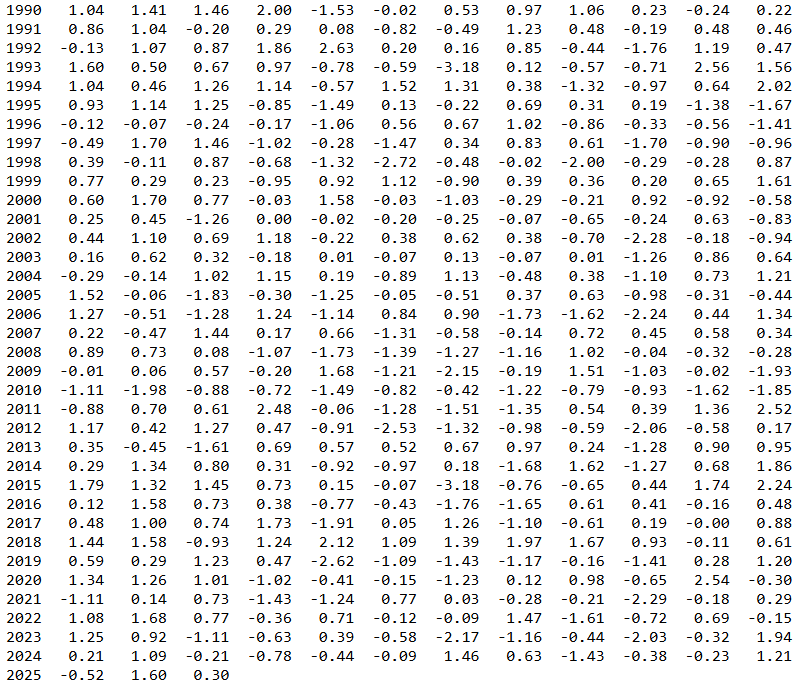
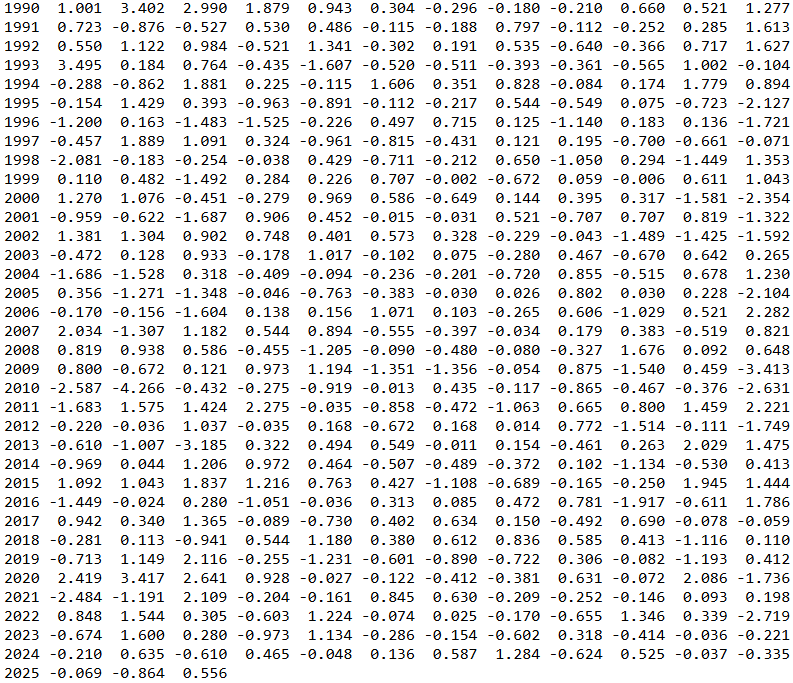
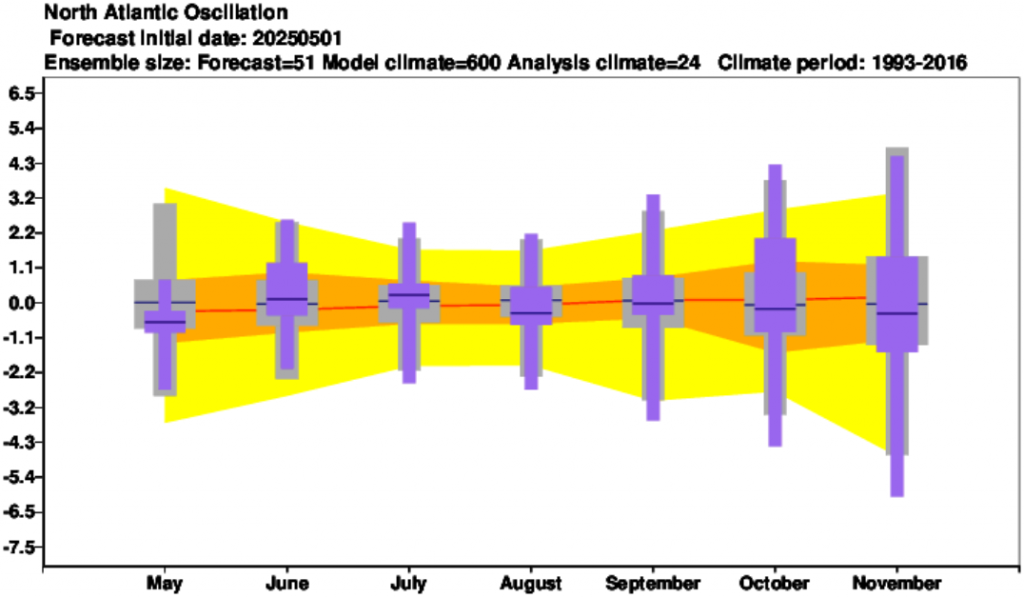
NAO forecast until October 2025 /Source: https://charts.ecmwf.int/products/seasonal_system5_climagrams_teleconnection?base_time=202504010000&index_type=NAE
4. A shift of Hadley Cell northward
Despite NAO- pattern, the shift of the Hadley Cell northward should push summer patterns to more northern regions, as usual – the Azores high will be stronger than in 20. century and hot periods alternating with stormy days will be relatively long, with mostly very warm anomalies in the Mediterranean and continental Europe. NW/N Europe on stormtrack should be regionally temperature neutral or only slightly warm in this changed climate. Rossby waves however, should produce long pressure troughs with low-latitude situated lows and extreme heatwaves on their front sides in more peaks (NAO+ in continental Europe is in contrary dry and stable and hot air from NW Africa is shifting thanks to a lack of low pressure above southern parts of the Atlantic in lower frequency).
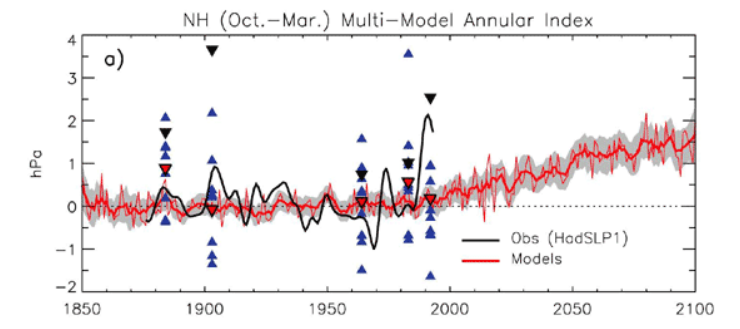
cell according to scenario SRES A1B (IPCC, 2007)
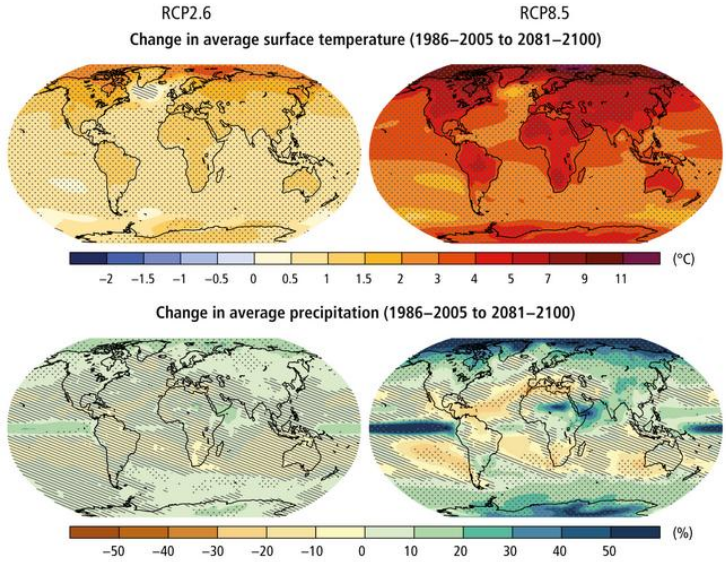
RCP8.5 (CMIP5) (IPCC, 2014). Note: precipitation changes in Europe are strongly linked with a shift of Hadley cell northward.
5. Stronger start of Hurricane season
The possible strengthening of La Nina, and thanks to AMO+, is expected the next above-average and dangerous Hurricane season 2025 (https://climateimpactcompany.com/february-2025-enso-pdo-amo-and-iod-outlook-2-2/). It should mean more ex-tropical storms and ex-hurricanes at the end of Summer 2025 in Europe, especially in August 2025, as we mentioned above.

6. Extremely hot western Sahara and the Middle East
In the last years traditional pattern, linked with the shift of Hadley Cell or summer NAO- signals. There will be a big stock of hot air for SW-S-SE and continental European heatwaves, temporarily too for British Islands and northern Europe.

7. The Arctic from the warmest to the cooling, summer minimum however, should be extremely low
A declared 2025 Arctic sea ice extent winter maximum was the lowest on record, at 14.33 million km² (5.53 million mi²). That’s 80,000 km² (31,000 mi²) below the previous low seen on March 7, 2017.
La Nina means a little colder Arctic than El Nino, but NAO- and AO- blocking highs should bring anomalous heatwaves far northward, even behind the Polar Circle during the following summer season, mainly above Scandinavian and Russian sectors of the Arctic.
In Icelandic and Greenlandic sector of the Arctic, however, should be observed an anomaly of Global warming hole, after the coldest summer – Summer 2024 – in the last 30 years in Iceland /https://www.icelandreview.com/news/coldest-summer-decades/?srsltid=AfmBOorxjZfz_LZ0AiJ4mHstHY6mZ7HT61tQigOVjPvXyJ_XUHKyafNx/.
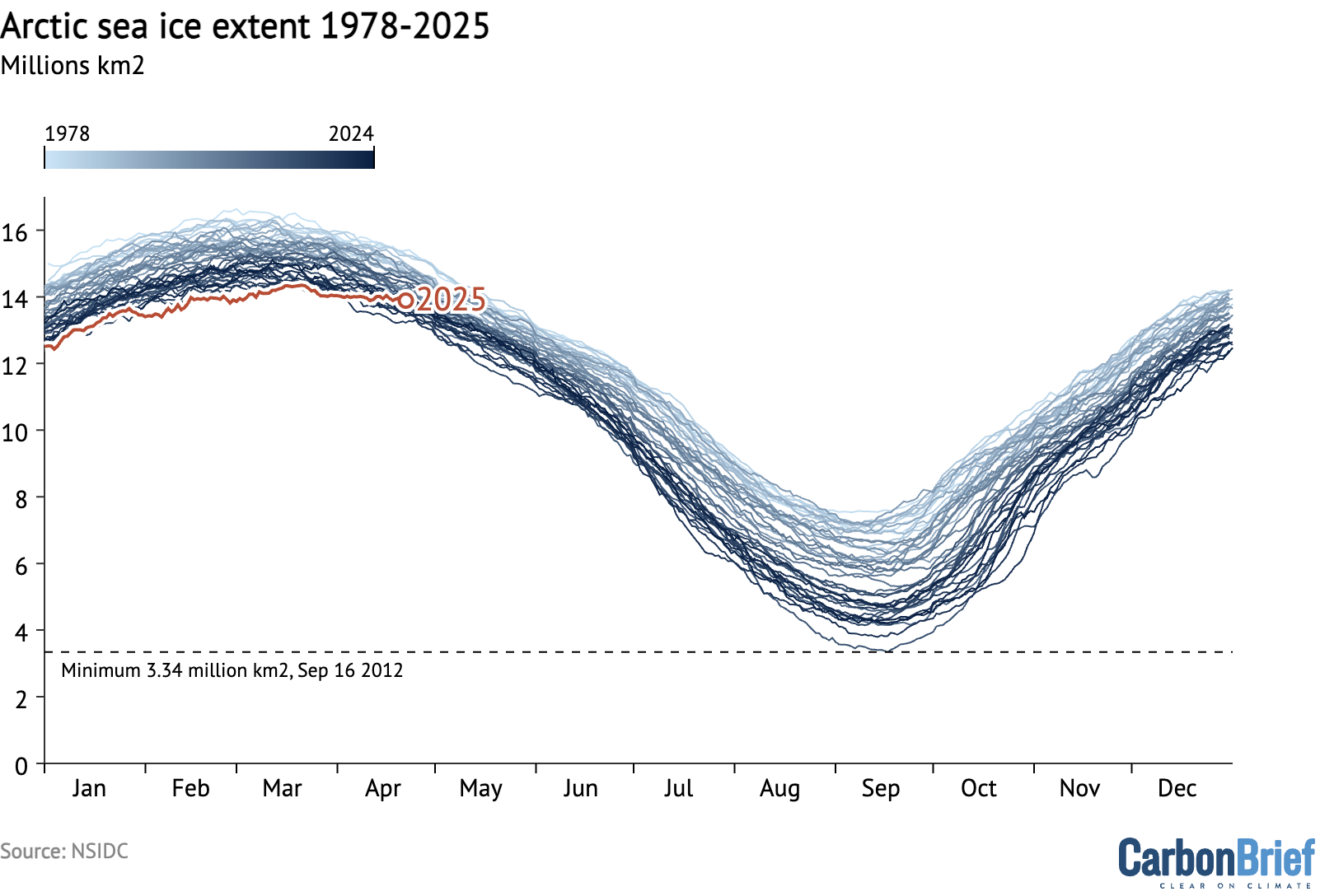

8. Negative IOD
The Indian Ocean Dipole (IOD) is defined by the difference in sea surface temperatures between the eastern and western tropical Indian Ocean.
Mostly neutral or slightly negative IOD index during Summer 2025 is expected.
IOD- correlates with NAO- and extreme drought along the coast of eastern Africa and very stormy SE Asia. The decline of the IOD index should be linked more with NAO- in the European sector.
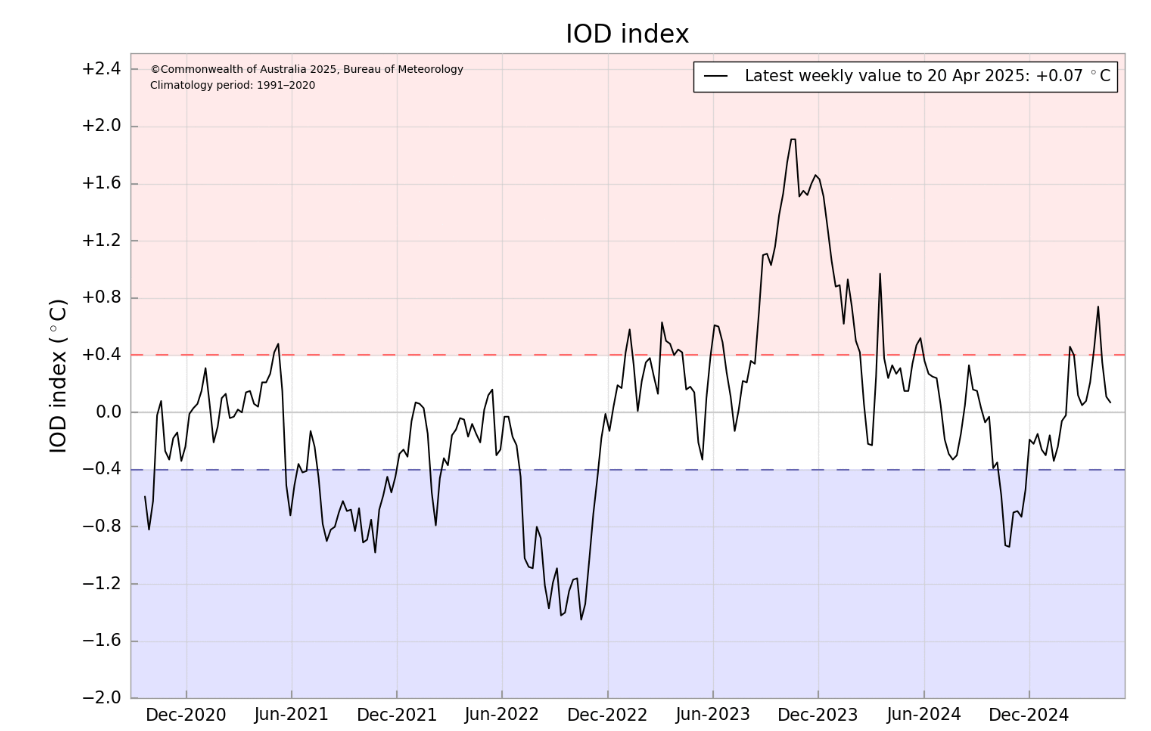

9. QBO from Westerlies to Easterlies
More support for meridional airflow, including NAO- / AO- conditions in the Northern hemisphere and Europe, thanks to a gradual shift from Westerly to Easterly phase is expected in 2025, with a possible small contribution to atmospheric blocking and heatwaves in Europe in the second half of Summer 2025.
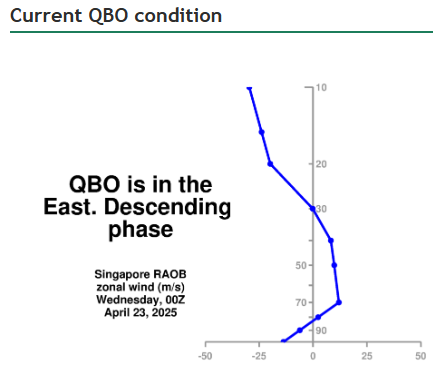
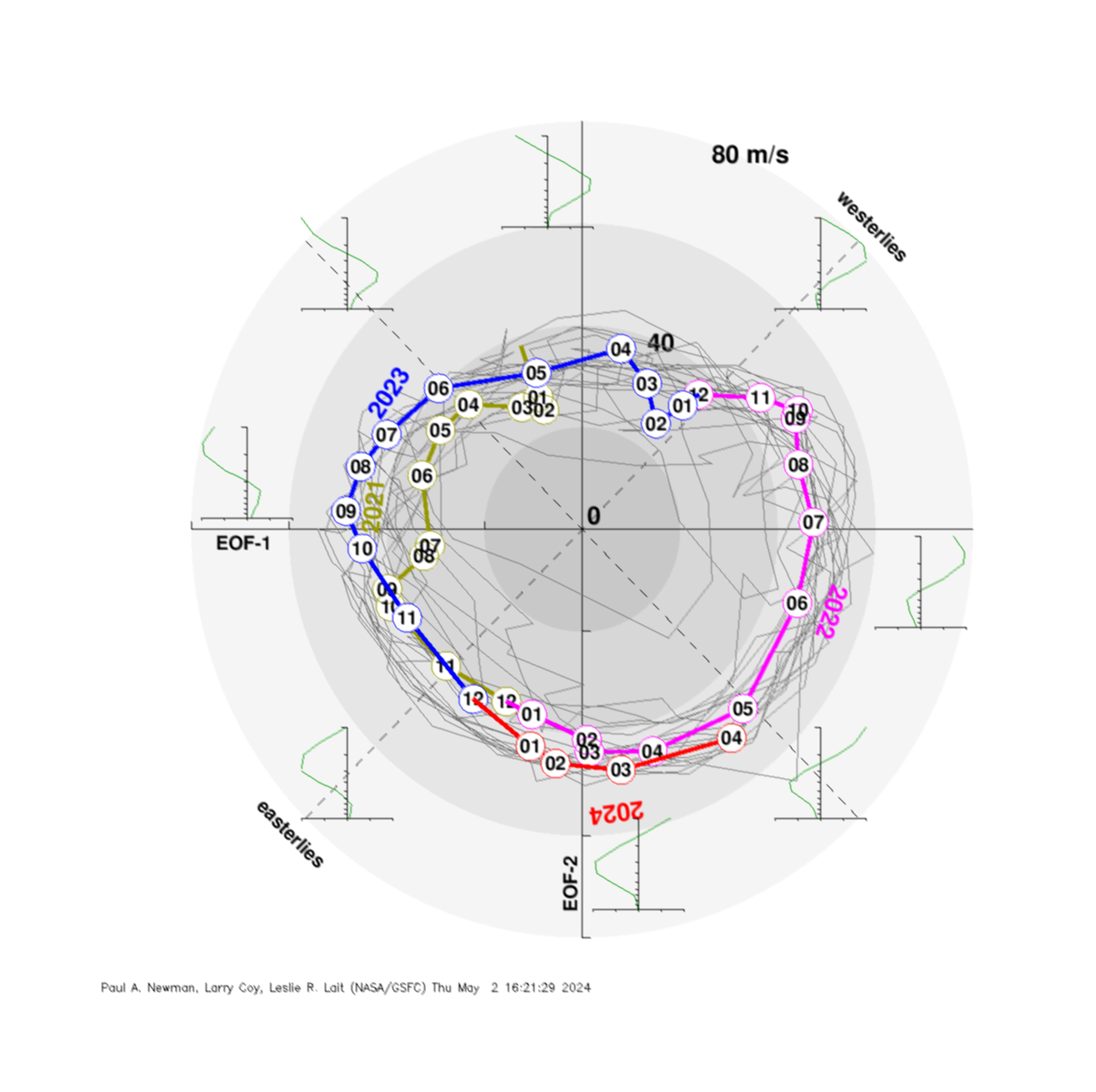
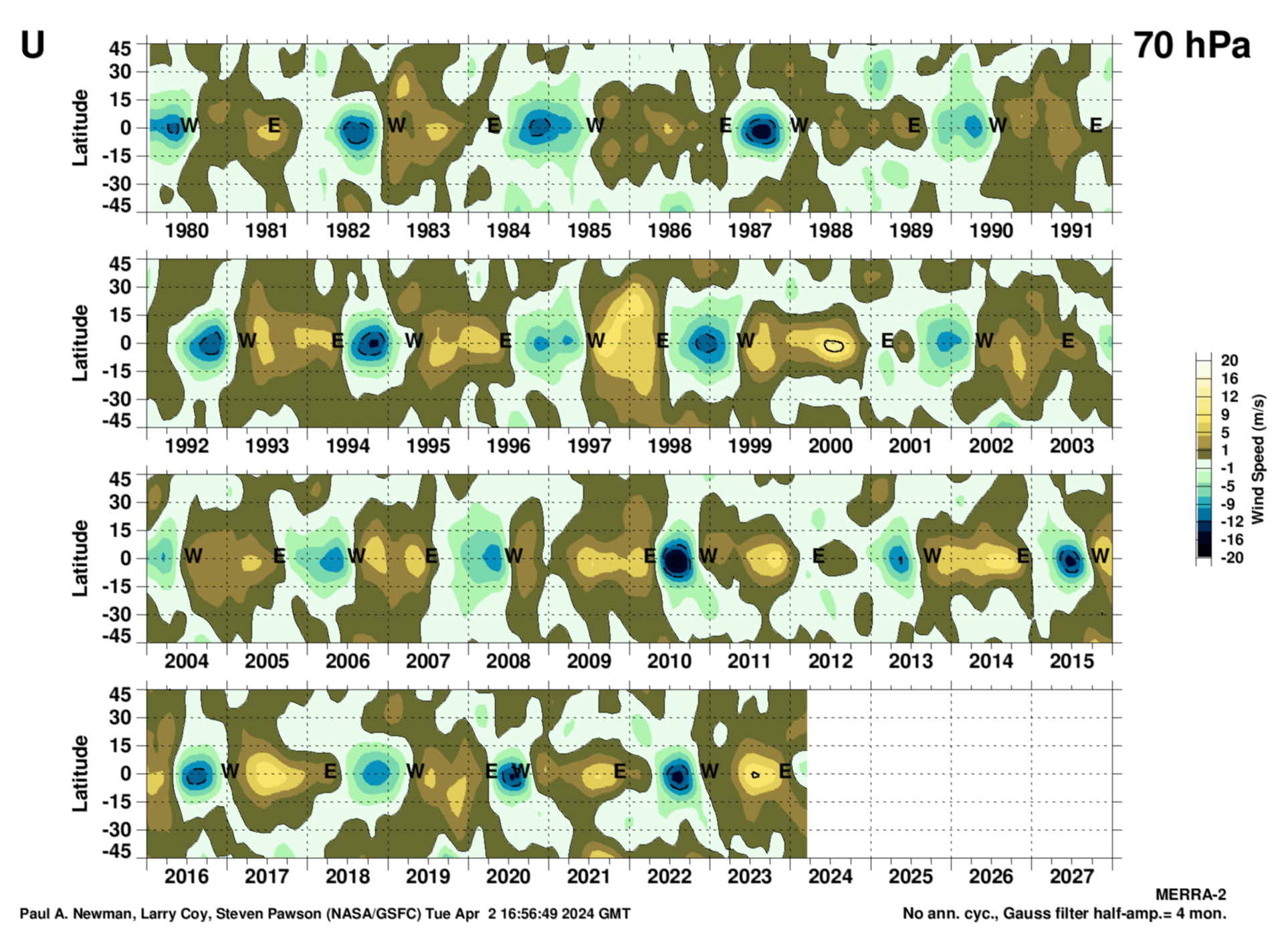
10. MJO
In April and May we are / will be in MJO phases 7, 8, and 1, which means potential to links to NAO- patterns, however MJO signal is weak (in the circle).
In the next 40 days – in the second half of May 2025, until the start of June 2025, is expected strong cyclone activity above Indian Ocean (green area on the map below this text), including the Middle Eastern region, what should have some impact on configuration of pressure patterns in S/SE Europe and above Sahara.


11. AMO+
Warmer seas near North America with effect on stronger hurricane season and ex-tropical disturbances in late summer in Europe.
12. SST above the Mediterranean
The warm Mediterranean Sea and mostly warm SSTs around Europe = good vacation and warm seas.

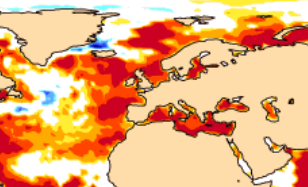
13. GW hole near Greenland and Iceland
Still very important signal of melting Arctic.
Should be linked with colder summer in parts of Greenland or Iceland as we mentioned before, with summer cold blasts with temporary snowing.
14. Volcanoes
Volcanoes in Sicily and Iceland should have a local, maximally regional effect on temperature or cloudiness in Europe in Summer 2025 in case of stronger eruptions, with higher VEI. Similar or lesser could be an effect of the possible very strong eruption across “The Ring of Fire” on weather in Europe, especially through global temperature fluctuations.
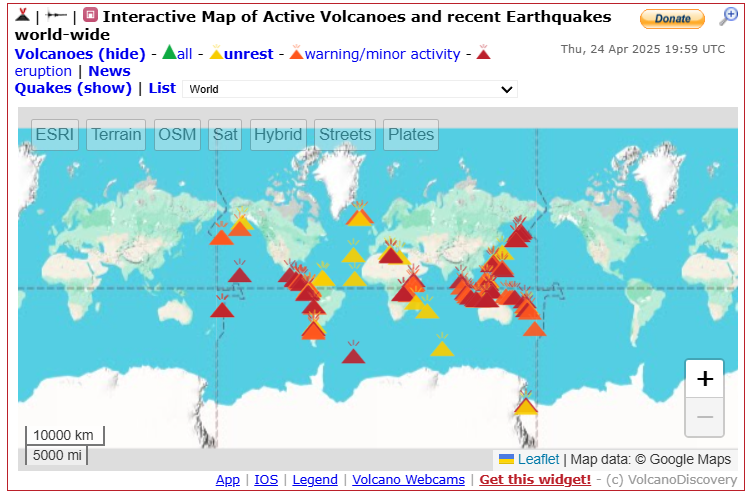
Now, we should look at the 7 main sectors from the Mkweather forecast map for Summer 2025 for Europe, with similar regimes of weather:
A) HOT AND DRY (EASTERN PARTS OF EUROPE – DARK RED): Thanks to NAO-/AO-, Saharan blasts, the shift of Hadley Cell, and strong blocking anticyclone there should be a region with persisting drought and heatwaves, with low water levels of rivers and creeks and problems in agriculture. Heatwaves should be regionally historic and deadly, mainly for elders which don´t feel a thirst. Possible heatwaves up to +50°C in Sicily, up to 42-48°C in Balkan, up to +40°C in East Central and Eastern Europe, +45°C in southern European Russia. In Russian taiga possible severe wildfires, Moscow with a possibility of temporary dust from the fires. Possible problems with water supplies.
B) HOT / WARM (PARTS OF THE MEDITERRANEAN – ORANGE): Mediterranean regime, with extreme heatwaves, however still with a possibility of severe storms from W-NW. Very hot and dry. Possible heatwaves during the peaking of the season up to +42-48°C, and wildfires. Mostly average precipitation, or very strong regional differencies due to storms with flash floods.
C) RAINY / STORMY, TEMPERATURE NEUTRAL OR WARM – WESTERN EUROPE, PARTS OF SCANDINAVIA AND THE MEDITERRANEAN (GREEN): Influenced by a pressure trough and NAO-, West and NW by GW hole anomaly, and overall, meridional, blocking character of the season. Heatwaves should be relatively shorter, but still very intense, with prolonged periods of rain, storms, with regional floods. Possible frosts in northwesternmost parts in June, e.g. Scotland, Norway,…Possible hot and dry periods, but shorter than average in the Mediterranean. Maximum summer tempteratures from +30/+38°C in NW Europe, to +35/+45°C in SW Europe and the Mediterranean, including France.
D) RAINY / STORMY / FLOODY / LANDSLIDES – WESTERN ALPS, PARTS OF APENNINES, PARTS OF THE BRITISH ISLANDS, SOUTHERN BALKAN, NW SCANDINAVIA (DARK GREEN): Strongly influenced by a pressure trough above western parts of Europe. Heatwaves should be relatively shorter, but still very intense, with prolonged and extreme periods of rain, storms, with regional floods and landslides, mainly in the Western Alps…Possible hot and dry periods, but shorter than average in the Mediterranean. Maximum summer temperatures from +30/+35°C in NW Europe, to +35/+45°C in SW Europe and the Mediterranean, including France. At the end of the summer possible ex-hurricanes from the Atlantic.
E) SEVERE T-STORMS AND HOT (THE CENTRAL THIRD OF EUROPE (VIOLET): Region on the temperature and pressure gradient between West and East. Mostly hot and dry, but with severe T-storm arrivals from the ocean. Possible hail, heavy rainfall, gusty winds, severe lightning, and even above-average and surprising tornadoes, especially in the first half of summer during the Central European monsoon period. The second half of the summer hotter and drier. Absolute maximum temperatures of the season from +35°C in Scandinavia to +45°C in Balkan. At the end of the summer possible ex-hurricanes from the Atlantic.
F) MILDER THAN USUAL – ANDALUSIA, SOUTHERN PORTUGAL, MOROCCO (BLUE): Still hot and dry, but with some T-storms and milder season than expected. Possibly linked with a pressure trough above Western Europe and cold fronts from the ocean. At the end possible ex-hurricane from the Atlantic. Absolute maximum temperatures +45/+50°C.
G) SOME SNOW – ICELAND (DARKER BLUE): Mix of weather in regions in Iceland. From drought to rains and storms, even some snow thanks to GW hole anomaly above N Atlantic. Some regions warmer, some colder, with a possiblity of the next regional cold summer.
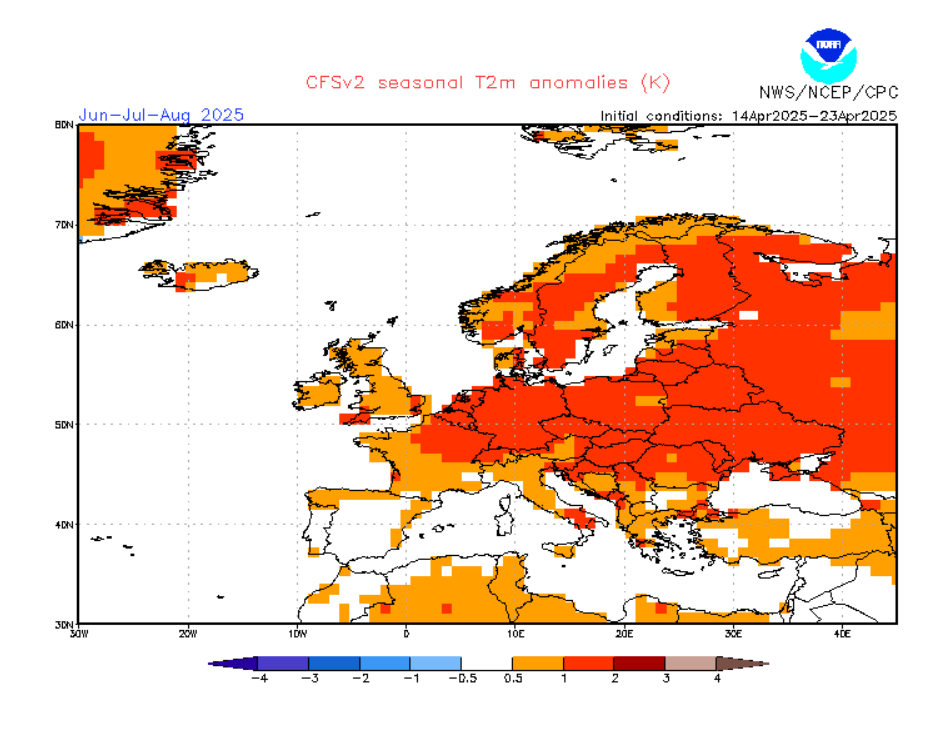


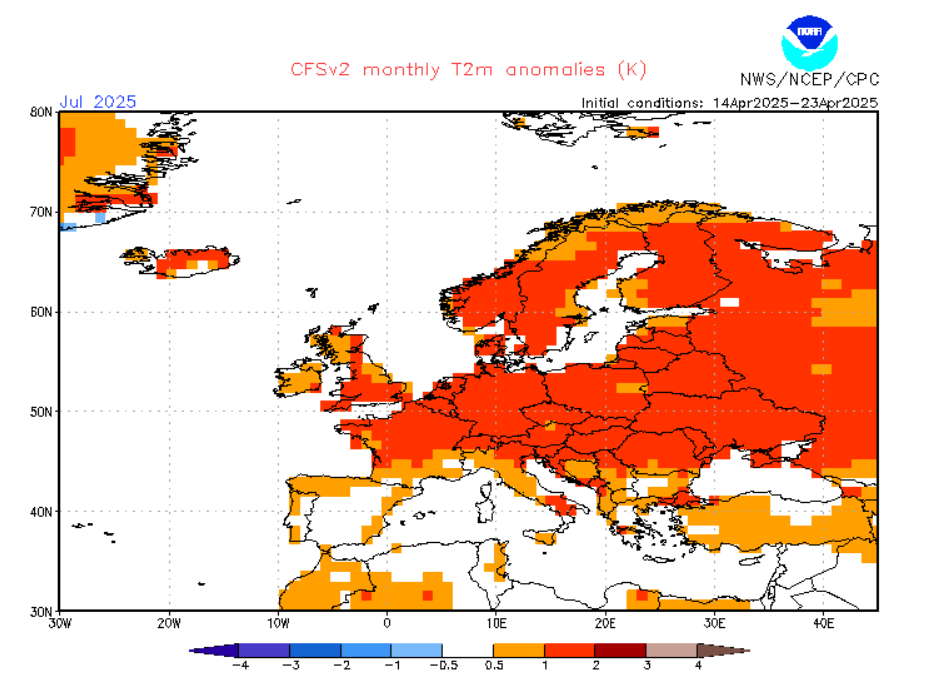
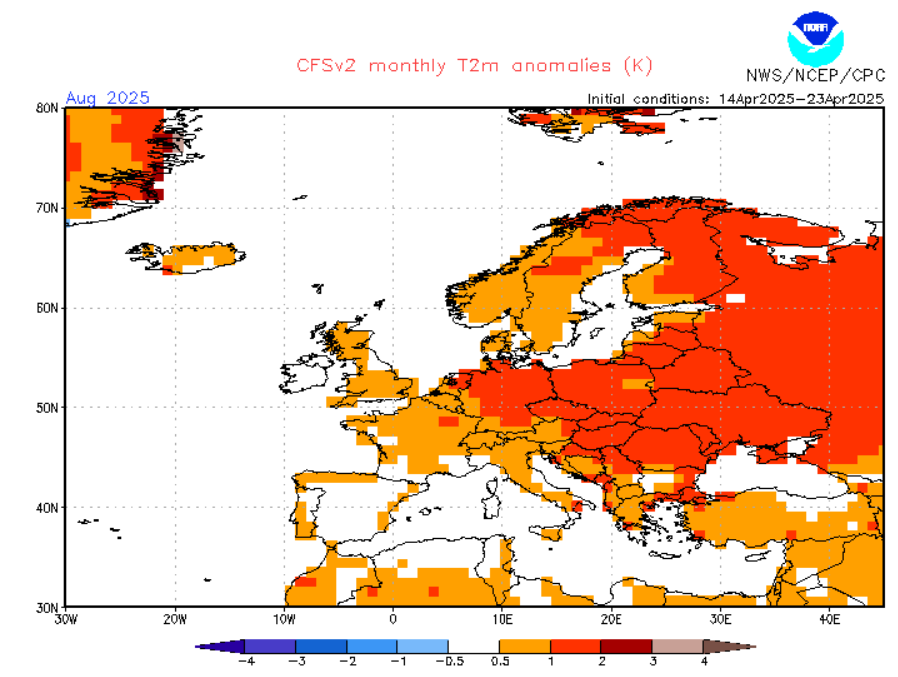
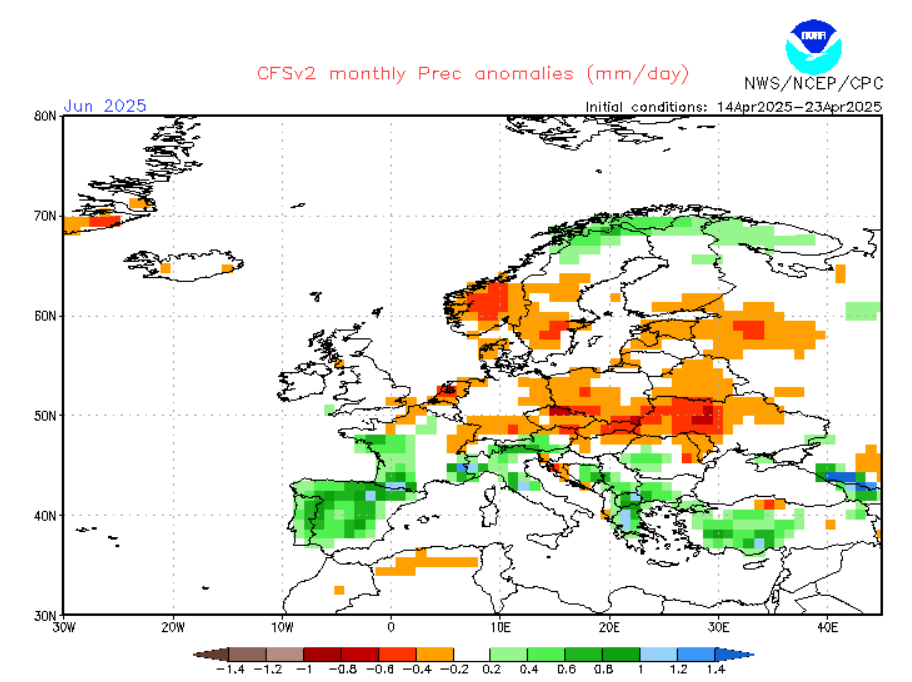
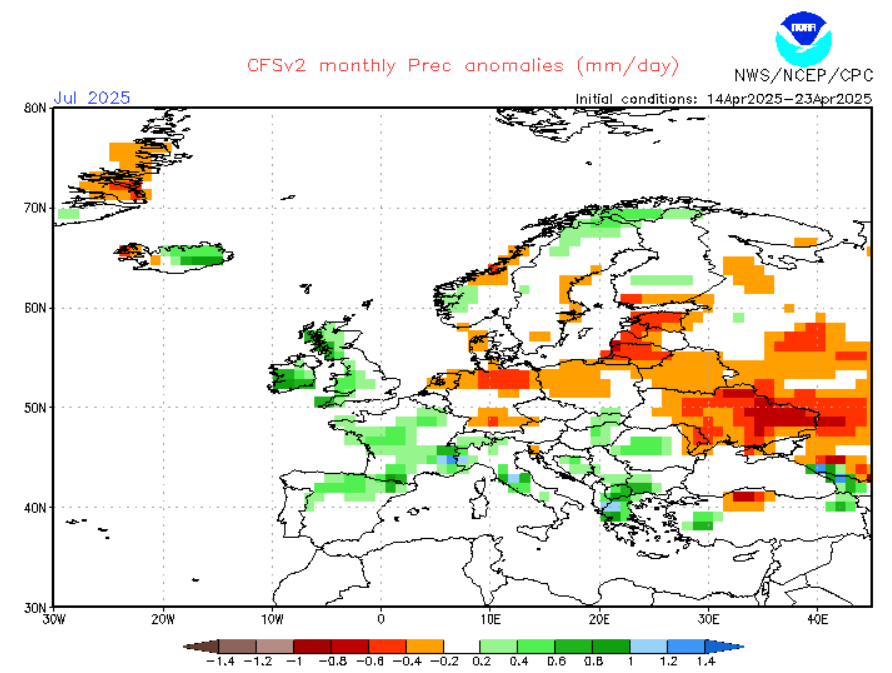
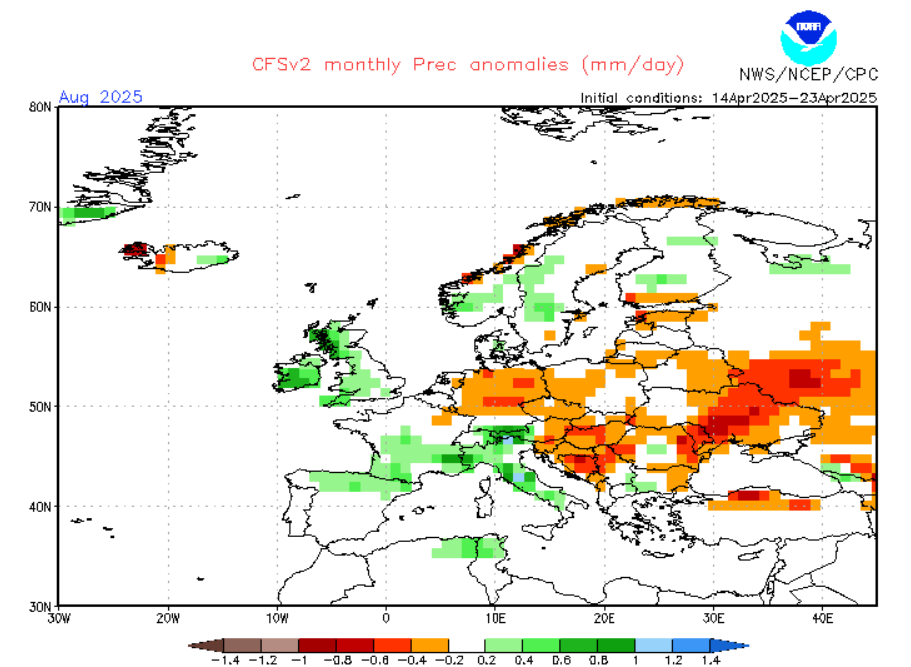

CFSv2 forecasts for Summer 2025. Source: https://www.cpc.ncep.noaa.gov/products/CFSv2/htmls/glbz700e3Sea.html

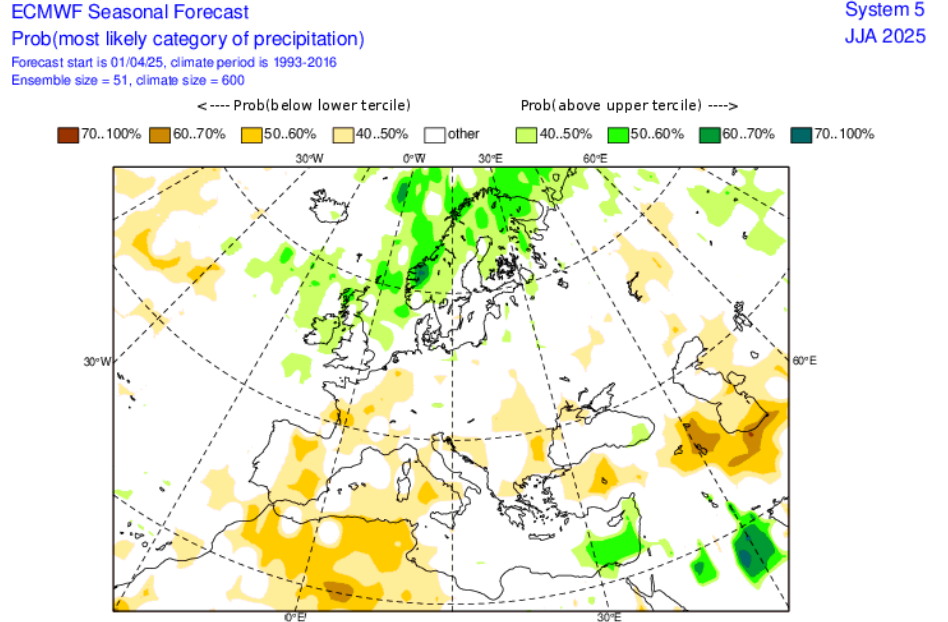
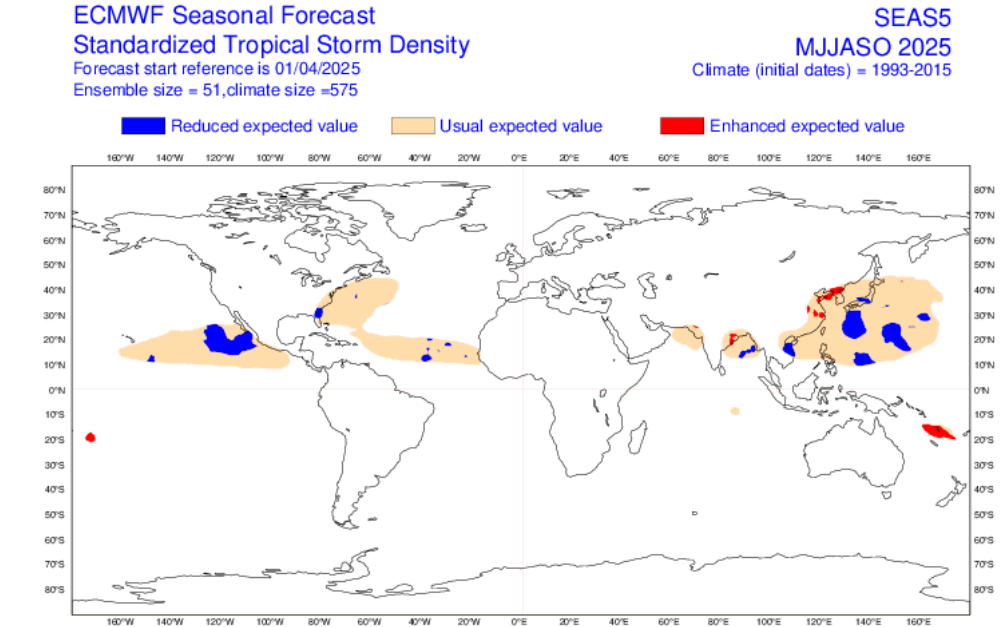
ECMWF forecast for Summer 2025 and Tropical storms activity in the next half-year. Source: https://charts.ecmwf.int/?facets=%7B%22Range%22%3A%5B%22Long%20%28Months%29%22%5D%7D
Acknowledgments: Special thanks to Julius Subovic as a consultant near the writing of all Mkweather seasonal forecasts for Summer 2025 /https://www.facebook.com/share/1BLmUMAPof//

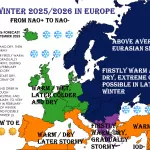


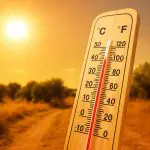
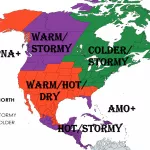
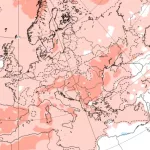
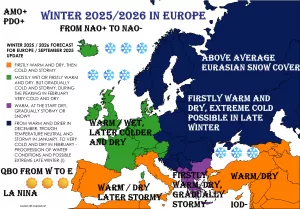


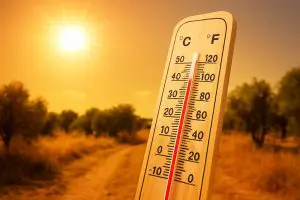
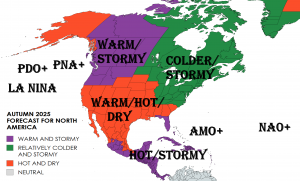
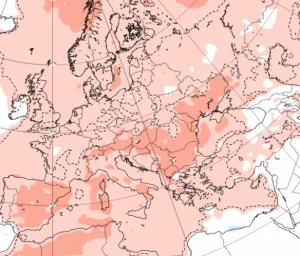
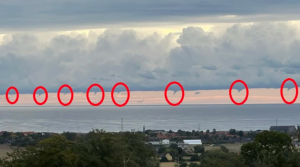





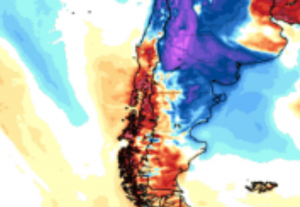






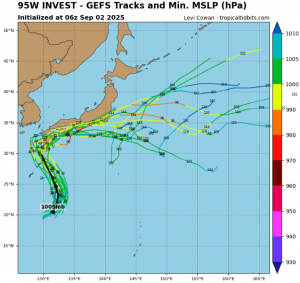
7 thoughts on “SUMMER 2025 FORECAST FOR EUROPE – THE FIRST HALF STORMIER, THE SECOND DRIER – RAINY, STORMY AND FLOODY WEST VS. HOT AND DRY EAST, WITH SEVERE FRONTAL SYSTEMS BETWEEN, SURPRISING TORNADOES POSSIBLE”